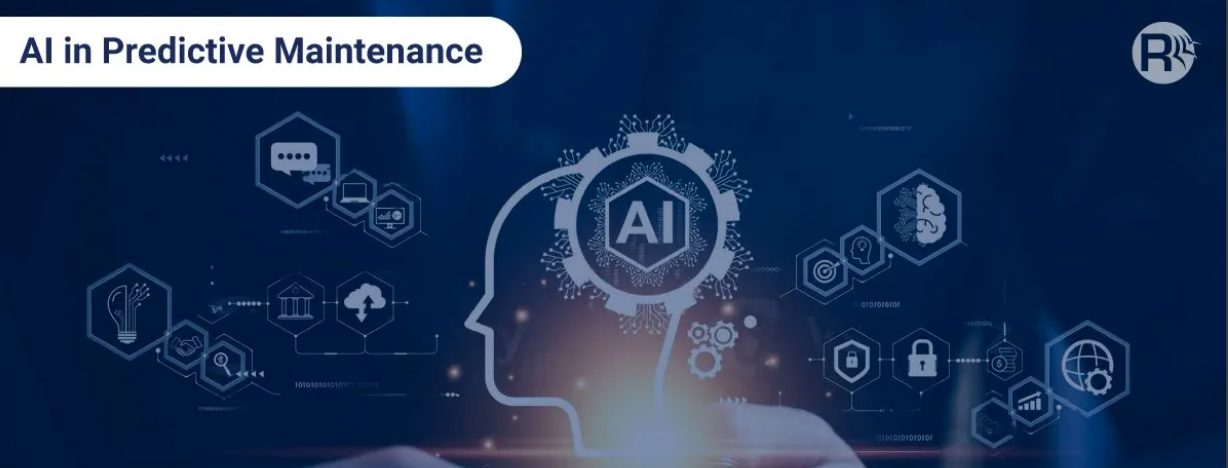When dataset is not the problem to low accuracy in Edge AI
 Abu Precious O.
Abu Precious O.
Building robust AI models for Edge applications, like predictive maintenance, is an intricate process, especially when these models are deployed in environments with limited resources like low-end devices like MCU, single board computer(SBCs), Mobile and wearable devices, Digital Signal Processing(DSP) and FPGA among others.
Even with extensive tuning, high-quality data, and effective pre-processing, model accuracy can sometimes fall below expectations. In these cases, the issue often lies not with the dataset but with other crucial factors in the pipeline. This article discusses the potential reasons for low accuracy in Edge AI applications, such as predictive maintenance problem, and provides best practices to help you fine-tune your model performance.
Common Challenges Beyond The Dataset
When low model accuracy is unrelated to the dataset, these key areas often play a role:
The Edge Device Limitations and Resource Constraints: Many edge devices, such as microcontrollers and single-board computers, are limited in CPU, memory, and power. These constraints can hinder the performance of large, complex models. Deploying resource-heavy models can lead to slower processing times and reduced accuracy due to latency issues. Your best belt in this situation is to use lightweight, optimized models for edge devices, such as Tiny ML models, and AutoML/sklearn models among others. Tools like TensorFlow Lite, Coral edge TPU, Nvidia TensorRT, Edge Impulse, ARM CMSIS-NN, Qualcomm’s AI Engine, and ONNX Runtime optimize models specifically for edge environments. Exploring pruning and quantization carefully, balancing between model size and accuracy, would really help.
Check out this link from Edge impulse

Model Architecture Mismatch with Application Needs: Choosing an inappropriate model architecture can impact a model’s ability to learn subtle patterns. For predictive maintenance, time-series models or convolutional neural networks (CNNs) are often better suited to detect patterns in sensor data. An incorrect architecture may overlook key features, leading to underfitting or poor generalization in the field. So, it is best to consider architectures tailored to sequential or anomaly detection tasks, such as Long Short-Term Memory (LSTM), CNN network or recurrent neural networks (RNNs) for time-series data which helps with more accurate and anomaly detection problem.
Hardware and Communication Latency Constraints: Network latency or hardware communication bottlenecks on edge devices may delay data processing, resulting in outdated or slow predictions. For time-sensitive applications like anomaly detection, delays can reduce the effectiveness of predictive maintenance alerts. One of the ways to solve that is to implement lightweight models, or use hardware-accelerated components (such as NVIDIA’s Jetson series) that handle inference at low latency.
Building Robust Predictive Maintenance Models for Edge AI
When accuracy issues arise in Edge AI models, especially in predictive maintenance, the problem often lies beyond the dataset itself. By carefully considering device limitations, model architecture, validation processes, preprocessing consistency, and hardware bottlenecks, you can significantly improve model performance and reliability in edge environments.
For additional reading, here are some key academic papers and resources:
Please feel free to share your insights in the comments section.
Subscribe to my newsletter
Read articles from Abu Precious O. directly inside your inbox. Subscribe to the newsletter, and don't miss out.
Written by

Abu Precious O.
Abu Precious O.
Hi, I am Btere! I am a software engineer, and a technical writer in the semiconductor industry. I write articles on software and hardware products, tools use to move innovation forward! Likewise, I love pitching, demos and presentation on different tools like Python, AI, edge AI, Docker, tinyml, software development and deployment. Furthermore, I contribute to projects that add values to life, and get paid doing that!